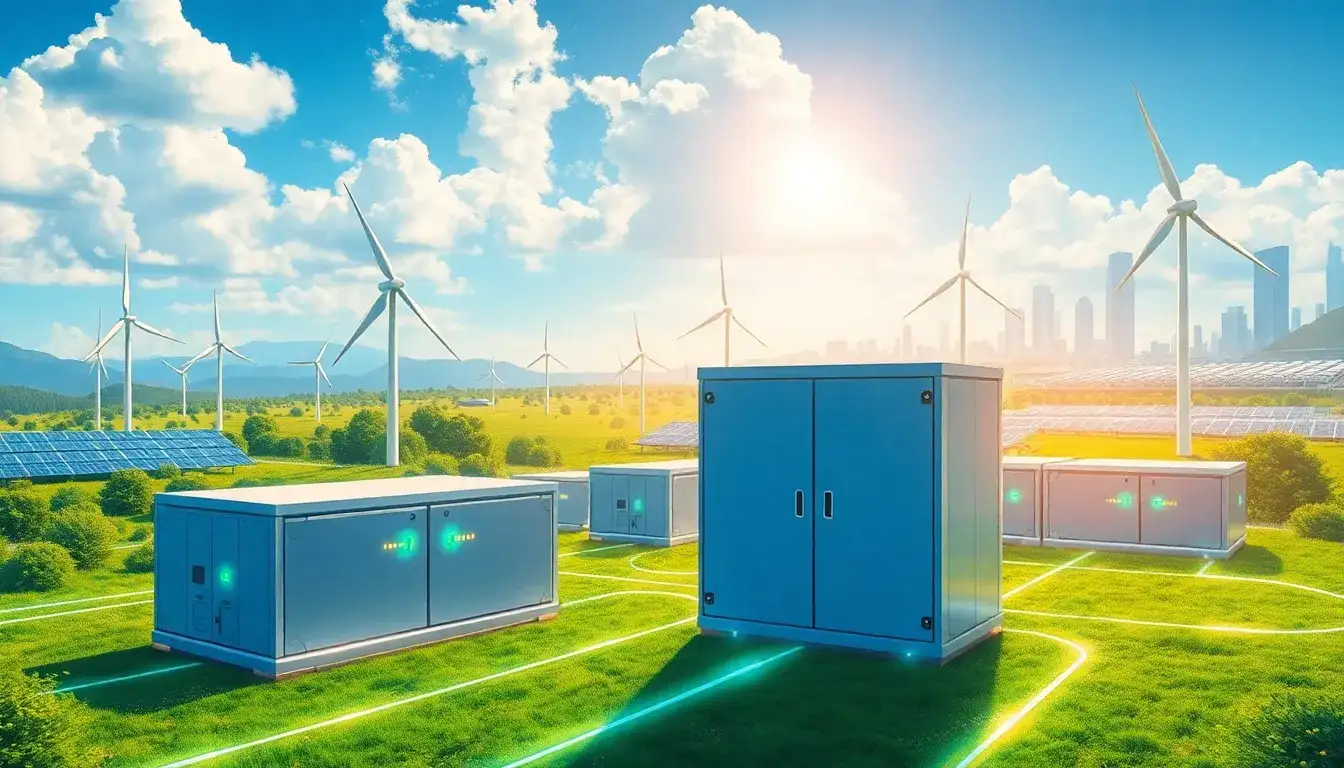
Researchers have suggested that transmission system operators should consider the widespread adoption of grid-forming battery energy storage systems (GFM BESS) to enhance grid stability and maximize the hosting capacity for solar and wind generation.
On February 14, 2025, William Driscoll reported on a study published by the Energy Systems Integration Group (ESIG) that highlights the advantages of GFM BESS. This study stems from research conducted by ESIG’s GFM BESS project team, which evaluated the benefits of GFM BESS in an actual transmission network. According to ESIG, GFM controls can provide essential grid-stabilizing features that support the reliable operation of power systems as the integration of inverter-based resources (IBR), such as solar and wind, continues to grow.
While traditional solar photovoltaic (PV) and wind plants can implement GFM controls with some limitations, ESIG emphasizes that battery energy storage represents an especially promising opportunity for GFM control implementation. Typically, solar, wind, and storage systems without GFM controls utilize grid-following (GFL) inverters. The project team discovered that replacing GFL BESS with GFM BESS in a transmission system significantly enhances the hosting capacity for solar and wind generators.
The research focused on a specific part of a transmission network known to be a weak local area, already saturated with 780 MW of PV generation capacity and 225 MW of GFL BESS. To isolate the study, researchers modeled this local area without the influence of a stronger surrounding transmission network, thereby reflecting the weakest grid conditions possible. They found that substituting GFM BESS for the existing GFL BESS would allow for an additional 125 MW of PV capacity with GFL inverters, demonstrating that increased IBR hosting capacity could be achieved without reaching stability limits.
The study reported that GFL BESS incurs only a “small incremental cost” when designed with GFM capabilities from the start, and is significantly cheaper than other solutions, such as synchronous condensers. It recommended that transmission system operators consider adopting GFM BESS on a system-wide basis to bolster stability and maximize IBR hosting capacity. Additionally, the study advocates for the development of technical requirements for GFM BESS and their integration into facility interconnection criteria. The study urges stakeholders not to delay, stating, “Take advantage of BESS interconnections today” as retrofitting can be costly.
Among the critical findings, the study concluded that GFM BESS is a “Do No Harm” solution. This is due to its specific stability benefits in weaker grids, as well as its stable and reliable operation in stronger grids. Furthermore, GFM BESS systems are compatible with equipment from multiple manufacturers and GFL inverters, can help to defer other more expensive solutions, and serve as a transitional option to longer-term solutions.
The project team, which included Elevate Energy Consulting, Electranix Corporation, and ESIG, in collaboration with American Transmission Company, plans to produce a brief summarizing the benefits of GFM BESS for decision-makers, policymakers, and regulators, while also reaching out to key stakeholders.
Original article by NenPower, If reposted, please credit the source: https://nenpower.com/blog/enhancing-renewable-energy-capacity-with-grid-forming-battery-systems/


